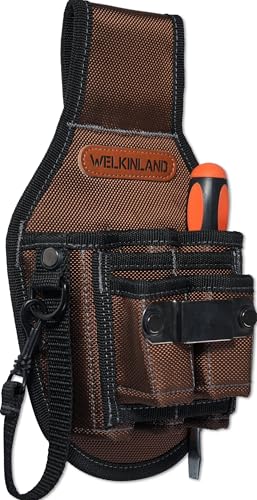I got an interesting letter from Mitsubishi yesterday with some tips for cold weather operation
"Dear Mitsubishi iMiEV Owner,
Winter has arrived! With it comes the season of colder weather conditions.
The low ambient temperatures may decrease the efficiency of an electric vehicle's lithium-ion battery, charging capability, and regenerative braking performance.
Your iMiEV was engineered with features to help reduce the impact low ambient temperatures have on 100% electric vehicles. These features include:
--- * MiEV Remote System
--- * Drivers side heated seat
--- * Main drive lithium-ion battery warming system (if so equipped)
Here are some helpful tips and reminders to help you maximize the driving range of your electric vehicle in colder temperatures.
Preparation
1.) Ensure your tires are properly inflated
2.) Whenever possible, keep your iMiEV garaged or sheltered from outside elements - air temperature affects charging times and capacity
3.) Consider weather conditions when planning your trip
4.) Utilize your iMiEV Remote System to 'preheat' the vehicle and heated seat
5.) If your iMiEV is equipped with the 'Cold Zone Package' the Battery Warming System can prevent the main drive lithium-ion battery from becoming too cold to accept a charge.
While Driving
1.) Minimize the use of the vehicle's heater
--- a.) The vehicle heater consumes electric power from the main drive lithium-ion battery
--- b.) Use the seat heater (it is powered by the 12 volt auxiliary battery and not by the main drive lithium-ion battery) - One wonders if they realize where the 12 volt auxiliary battery gets it's power??
--- c.) Efficiently use defrosting and defogging. Once visibility is adequate, you may lower the blower speed
2.) Put the selector lever in the 'B' (Regenerative Brake Mode) or 'Eco' (ECO Mode) position according to road conditions
--- a.) Lift off the accelerator early in anticipation of coming to a complete stop. This maximizes energy regeneration and reduces lost energy (A good idea anytime you desire maximum range)
3.) Avoid frequent or rapid acceleration, highway speeds, and congested traffic conditions when possible (Another good idea for everyday driving)
Please see your Owners Manual for additional important information regarding these features, and more cold weather driving suggestions
Sincerely,
Mitsubishi Motors North America Inc."
Don
"Dear Mitsubishi iMiEV Owner,
Winter has arrived! With it comes the season of colder weather conditions.
The low ambient temperatures may decrease the efficiency of an electric vehicle's lithium-ion battery, charging capability, and regenerative braking performance.
Your iMiEV was engineered with features to help reduce the impact low ambient temperatures have on 100% electric vehicles. These features include:
--- * MiEV Remote System
--- * Drivers side heated seat
--- * Main drive lithium-ion battery warming system (if so equipped)
Here are some helpful tips and reminders to help you maximize the driving range of your electric vehicle in colder temperatures.
Preparation
1.) Ensure your tires are properly inflated
2.) Whenever possible, keep your iMiEV garaged or sheltered from outside elements - air temperature affects charging times and capacity
3.) Consider weather conditions when planning your trip
4.) Utilize your iMiEV Remote System to 'preheat' the vehicle and heated seat
5.) If your iMiEV is equipped with the 'Cold Zone Package' the Battery Warming System can prevent the main drive lithium-ion battery from becoming too cold to accept a charge.
While Driving
1.) Minimize the use of the vehicle's heater
--- a.) The vehicle heater consumes electric power from the main drive lithium-ion battery
--- b.) Use the seat heater (it is powered by the 12 volt auxiliary battery and not by the main drive lithium-ion battery) - One wonders if they realize where the 12 volt auxiliary battery gets it's power??
--- c.) Efficiently use defrosting and defogging. Once visibility is adequate, you may lower the blower speed
2.) Put the selector lever in the 'B' (Regenerative Brake Mode) or 'Eco' (ECO Mode) position according to road conditions
--- a.) Lift off the accelerator early in anticipation of coming to a complete stop. This maximizes energy regeneration and reduces lost energy (A good idea anytime you desire maximum range)
3.) Avoid frequent or rapid acceleration, highway speeds, and congested traffic conditions when possible (Another good idea for everyday driving)
Please see your Owners Manual for additional important information regarding these features, and more cold weather driving suggestions
Sincerely,
Mitsubishi Motors North America Inc."
Don

































